You have no items in your shopping cart
An In-depth Guide to Schlenk Lines and Gas Manifold Systems
- Posted on
- Posted in How To Guides, Vacuum Pump
- 0
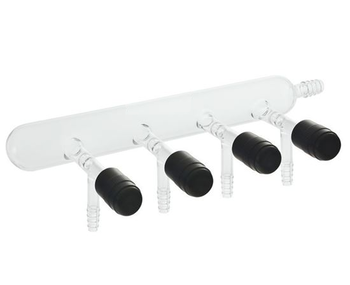
An In-depth Guide to Schlenk Lines and Gas Manifold Systems. How to use schlenk lines, how to setup inert gas lines, vacuum manifold and schlenk line vacuum pump systems.
What is a schlenk line?
A schlenk line is a type of manifold system that is commonly used in scientific laboratories. The schlenk line consists of a main tube which is connected in parallel to a series of connected valves to distribute the flow of gas.
Here is a standard, four port manifold: https://www.goldleaflabs.com/vacuum-manifold-single-bank-high-vacuum.html
Take a look at the differences in our double bank manifold for inert gas: https://www.goldleaflabs.com/manifold-double-bank-3-port.html
We can take custom orders with any number of ports or arrangement of them to accommodate any ones system. Reach out if you would like to get pricing on a custom glass manifold:
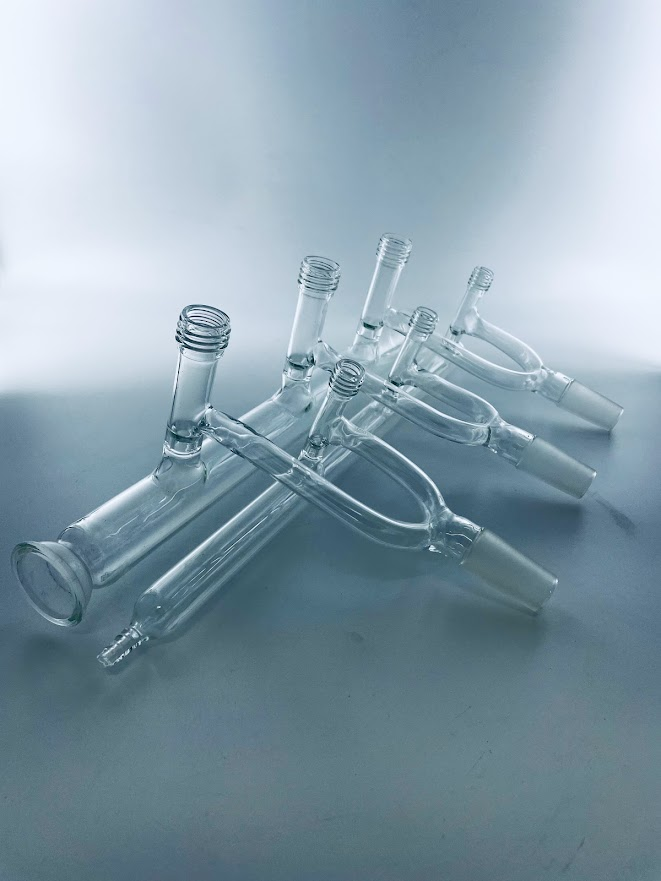
What is a Schlenk line used for?
Schlenk lines are most commonly used to distribute inert gas or vacuum to laboratory glassware and containers for the transfer of chemicals and other materials under inert gas or vacuum. This prevents the material from being exposed to air, which can cause it to react or degrade. Schlenk lines are typically used in chemistry and materials science research.
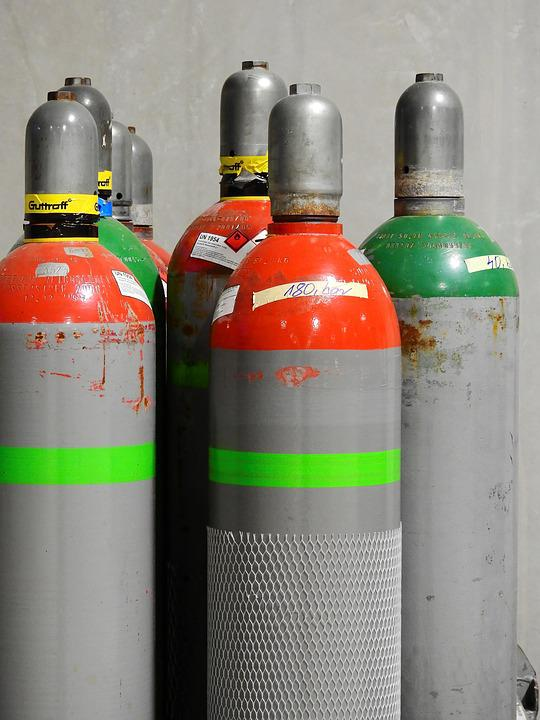
Why do we have two manifolds on a Schlenk line?
Double bank manifolds are a schlenk line system for controlling both vacuum and inert gas with a single manifold system. The application of both vacuum and inert gas is often used consecutively as the operator can use vacuum to remove harmful or reactive gases then backfill or blanket with inert gas.
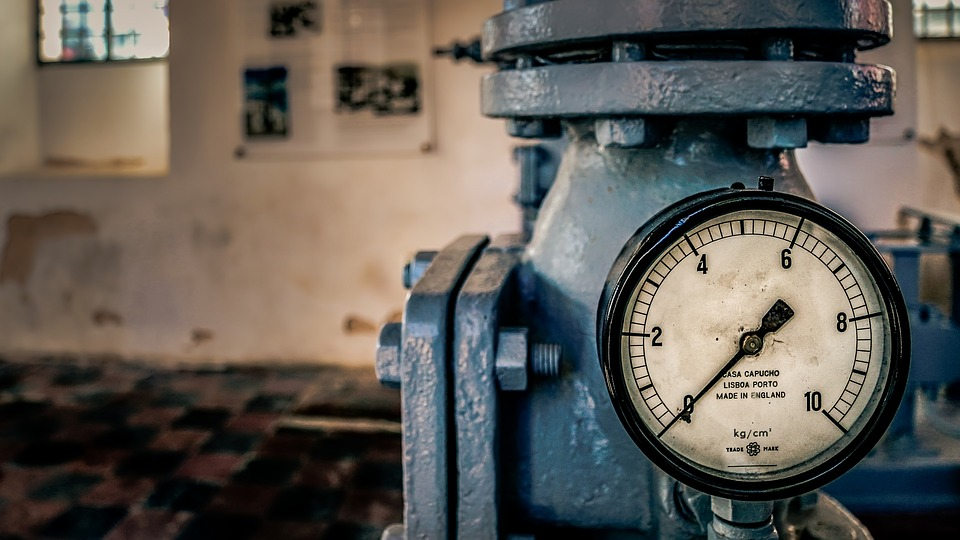
What is an oil bubbler an is it needed?
An oil bubbler is essentially a pressure relief system that also provides a visual indicator of gas flow (bubbles). The bubbler also makes operations safer by preventing air from getting into your Schlenk line and causing contamination from oxygen or moisture.
Why is the check valve needed for double bank manifolds?
Oil bubblers are great for creating a small amount of pressure in a system, but when vacuum is created (like cooling flasks), oil can easily enter the Schlenk line or flow into your system. This could result in contamination of oil, atmospheric air, and moisture. Typically small differences can be overcome with greater gas flow or pressure to alleviate the vacuum, but when the operator uses a vacuum pump a check valve or similar mechanism is required to prevent the atmospheric outside pressure from pushing the oil into the strong vacuum side of the system.
How to clean a schlenk line
In order to clean a schlenk line, you will need to first determine the contamination source. Generally when the system is disassembled or in storage the shlenk line is exposed to air which has moisture in it and is the primary contamination source. To clean the schlenk lines of moisture you can simply run the dry inert gas source through the schlenk line for a few minutes.
For most other contaminants alcohol is a great solvent to clean with. Vacuum grease is most easily wiped off of ground glass joints. All glassware should be regularly cleaned with a suitable detergent, rinsed with distilled or DI water, and completed dried before use.
Oven drying at elevated temperature (250-450°F) can also be used to dry and remove moisture from the glassware and is especially convenient after cleaning. Of course any plastics or o-rings which could melt should be removed before heating in the oven. The cleaning and care of your vacuum manifold, high vacuum line, and vacuum lines should be even more stringent and frequent.
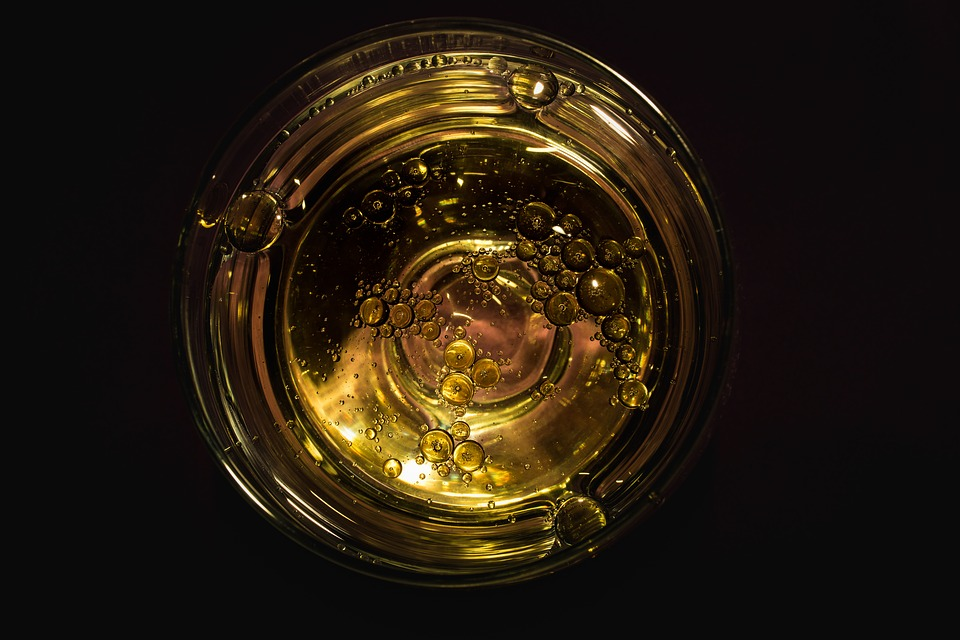
What are the main safety concerns with Schlenk line?
Liquid nitrogen
The main safety concerns with Schlenk lines are related to the use of liquid nitrogen. The liquid nitrogen is cold enough to condense oxygen into a pale blue liquid, and liquid oxygen is very hazardous. Exposure to liquid oxygen and common organic materials can can create unpredictable explosive reactions. The main way this can occur is when a schlenk line vacuum pump is run for an extended period with a leak or valve open to outside air. The vacuum pulls the air in and the oxygen is condensed in the vacuum trap.
Pressure
Another concern is the inert gas supply tanks with thousands of pounds of pressure inside. If pressurized gases were not regulated it will explode the glass. An oil bubbler, stoppers, and other pressure relief mechanisms should prevent this from occurring if assembled correctly. All operations with a pressurized tank should use a gas regulator, and the tank should be secured with chains or similar to prevent falling oven.
Asphyxiation
Lastly, if the liquid nitrogen dewar fails or is quickly boiled off, and if not properly vented, it can displace the oxygen in the room and create an asphyxiation hazard. Since the volume of liquid nitrogen is relatively small the build up usually not a concern unless confined to a very small room. To avoid these risks, it is important to follow all safety protocols when using a Schlenk line.


Comments
Be the first to comment...